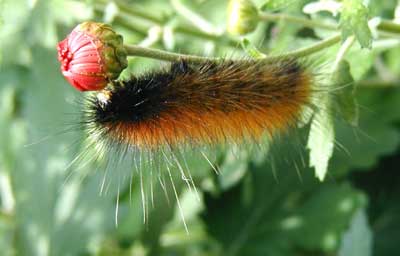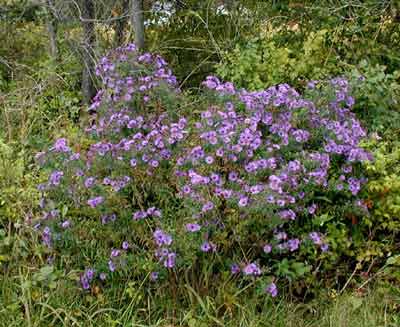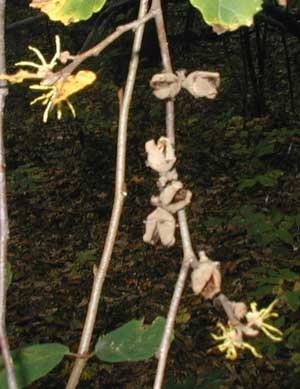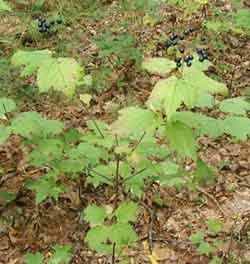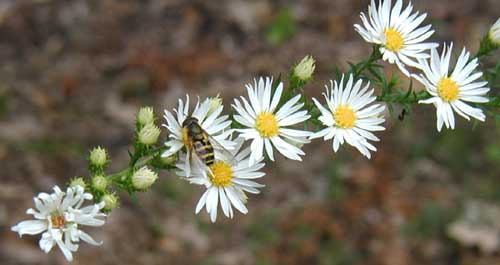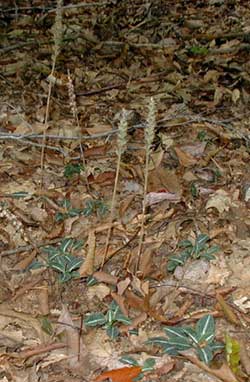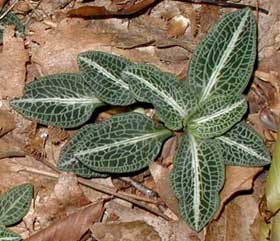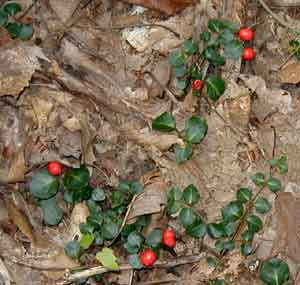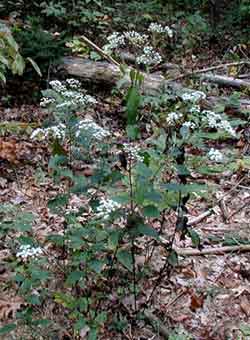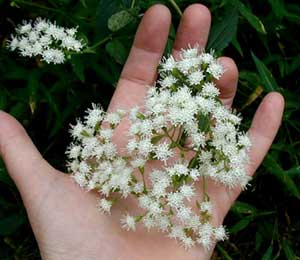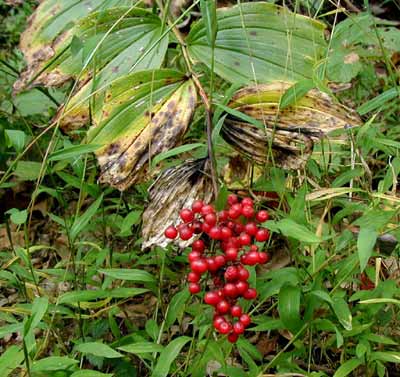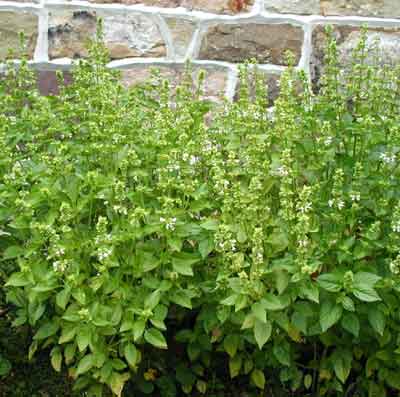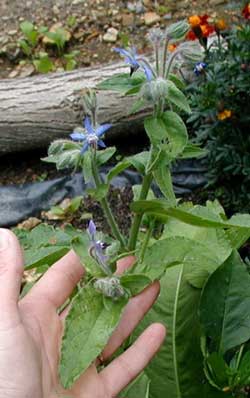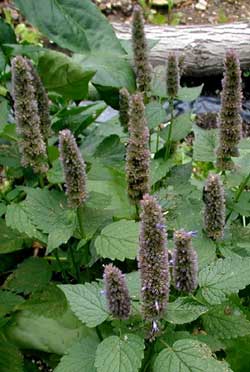In autumn we always see these walking sticks. No other time of the year do they appear, except for in the fall.
We see them on the house and on many of the plants adjacent to the house.
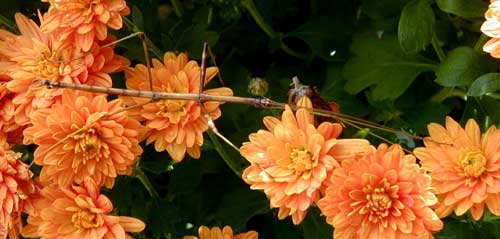
Walking stick pauses on a chrysanthemum.
Insex, I mean insects, can be interesting to watch. The male walking stick is quite a contortionist as he holds his mate. Notice how that middle pair of legs comes in handy for holding on!
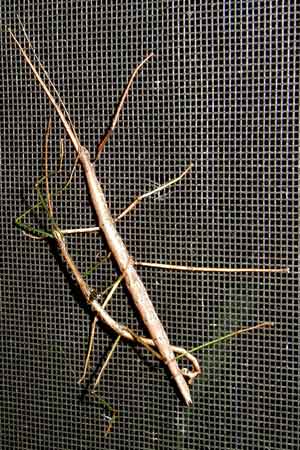
Walking sticks mating on a window screen.
Many different caterpillars are visible during the days of autumn as well. This brown caterpillar hanging under a budding mum was notable. As it hung upside down it grazed on the base of the flower petals as if it were eating the sepals. Its little head moved back and forth, left and right, like it were eating corn on the cob.
